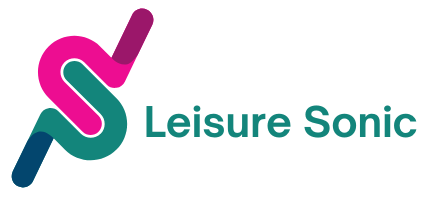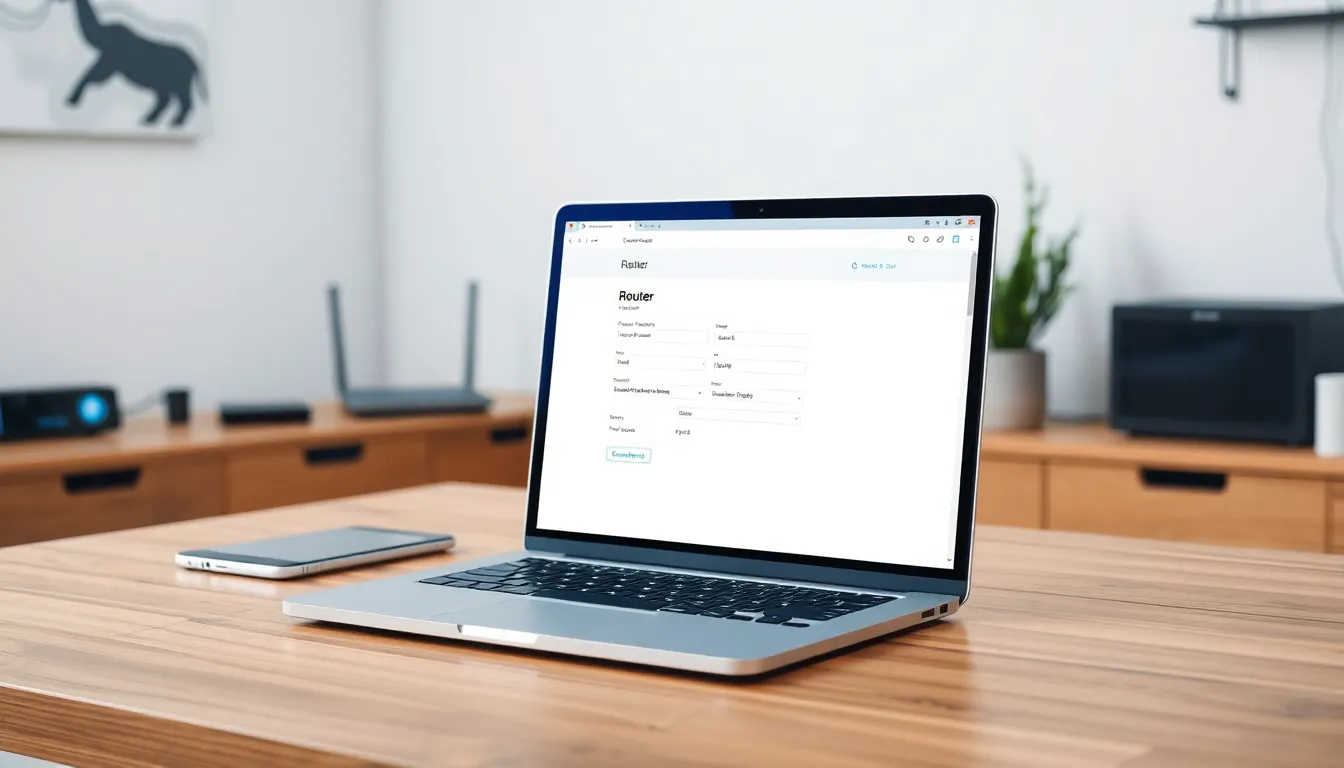Table of Contents
ToggleIn today’s fast-paced digital world, the Software as a Service (SaaS) experience isn’t just a buzzword; it’s a game-changer. Imagine accessing powerful tools at your fingertips without the hassle of installations or hefty upfront costs. SaaS transforms the way businesses operate, making it easier to collaborate, innovate, and scale.
Understanding SaaS Experience
SaaS experience significantly influences how users interact with cloud-based applications. Knowing more about this concept helps businesses harness its full potential.
Definition of SaaS
Software as a Service refers to cloud-based software delivery models. Users access applications over the internet, eliminating the need for local installation. With SaaS, vendors manage infrastructure, security, and updates, providing seamless support. Examples include platforms like Salesforce, Google Workspace, and Microsoft 365. Businesses benefit from lower initial costs because users typically subscribe, enabling flexibility.
Importance of SaaS Experience
SaaS experience plays a crucial role in enhancing productivity. A positive experience encourages users to adopt and effectively use software. Companies notice improved collaboration as teams access tools from anywhere, fostering communication. Seamless integration with existing workflows streamlines processes, optimizing efficiency. Moreover, businesses can scale operations quickly, adapting to changing needs without costly adjustments. Overall, a strong SaaS experience leads to increased user satisfaction and overall success.
Key Components of SaaS Experience

A seamless SaaS experience hinges on several key components that shape user interaction. Understanding these factors enhances user satisfaction and promotes effective software utilization.
User Interface and Design
User interface design significantly impacts user satisfaction. Intuitive navigation and visually appealing layouts engage users effectively. Responsive design ensures compatibility across devices, making applications accessible anytime, anywhere. Clear calls to action simplify task completion, reducing the learning curve. Well-structured content guides users effortlessly, keeping them focused on objectives. Consistent branding across platforms fosters trust and reinforces familiarity. By emphasizing these elements, SaaS providers create an environment that encourages user adoption.
Performance and Reliability
Performance and reliability serve as cornerstones of the SaaS experience. Quick load times prevent user frustration and enhance productivity. Reliable uptime guarantees access to critical tools, ensuring business continuity. Robust infrastructure supports performance, even during peak usage periods. Regular updates and maintenance bolster security, minimizing downtime risks. Scalable solutions adapt to changing user needs, providing flexibility for growth. Monitoring systems track performance metrics, enabling proactive issue resolution and maintaining user confidence.
Customer Support and Resources
Customer support plays a vital role in enhancing the SaaS experience. Accessible, knowledgeable support teams resolve issues quickly, minimizing disruption. Comprehensive documentation and tutorials empower users to find solutions independently. Live chat and ticketing systems offer multiple channels for assistance, catering to user preferences. Regular webinars and community forums foster user engagement and knowledge sharing. By prioritizing customer support, SaaS providers promote user satisfaction and retention.
Benefits of a Positive SaaS Experience
A positive SaaS experience significantly boosts overall business performance. It enhances user satisfaction, productivity, and retention.
Increased User Satisfaction
User satisfaction directly stems from seamless navigation and an intuitive interface. Users appreciate when applications load quickly and maintain reliability. Knowledgeable customer support increases confidence, allowing users to resolve issues swiftly. When feedback mechanisms are in place, providers gain valuable insights to improve product offerings. These enhancements create a more enjoyable user journey, ultimately fostering loyalty.
Improved Productivity
Productivity thrives in an environment where tools function without friction. Efficient software fosters collaboration among teams, promoting faster decision-making. Users benefit from easy access to necessary resources, reducing time spent on administrative tasks. As effective onboarding processes support quicker adaptation, teams can focus on core business activities. Simplified workflows lead to smoother operations, empowering users to achieve their goals.
Higher Retention Rates
Retention rates improve when users recognize the value of the software. Businesses that prioritize a positive experience see increased loyalty among their user base. Regular updates and feature improvements keep users engaged and satisfied. Personalized experiences further enhance connections with users, making them less likely to seek alternatives. Support and training resources allow users to maximize features, leading to sustained usage over time.
Challenges in SaaS Experience
Users often encounter various challenges that hinder their SaaS experience, affecting overall satisfaction and productivity.
Common User Frustrations
Interface inconsistencies frequently lead to confusion among users. Complex navigation often detracts from user onboarding, causing delays in effective usage. Additionally, inadequate training resources can leave users feeling lost, unable to maximize the software’s potential. Slow or unresponsive customer support adds to frustration, particularly when urgent issues arise. Lastly, miscommunication about updates or changes can lead to user dissatisfaction, impacting retention.
Technical Issues
Technical glitches can disrupt normal operations, leading to significant downtime for businesses. Users often face problems such as connectivity issues, which prevent access to vital tools. Compatibility with different devices or software can also create hurdles, limiting usability. Security concerns emerge, particularly when users question the protection of their data. System outages can severely hinder productivity, highlighting the need for reliable performance in SaaS applications.
A positive SaaS experience is essential for businesses aiming to thrive in today’s digital landscape. By focusing on user-friendly interfaces and reliable performance, companies can significantly enhance user satisfaction. When users feel supported and empowered, they’re more likely to adopt the software and maximize its potential.
Addressing common challenges is crucial for maintaining high levels of productivity and retention. By prioritizing effective customer support and clear communication, SaaS providers can build trust and loyalty among their users. Ultimately, investing in a seamless SaaS experience not only benefits individual users but also drives overall business success.





